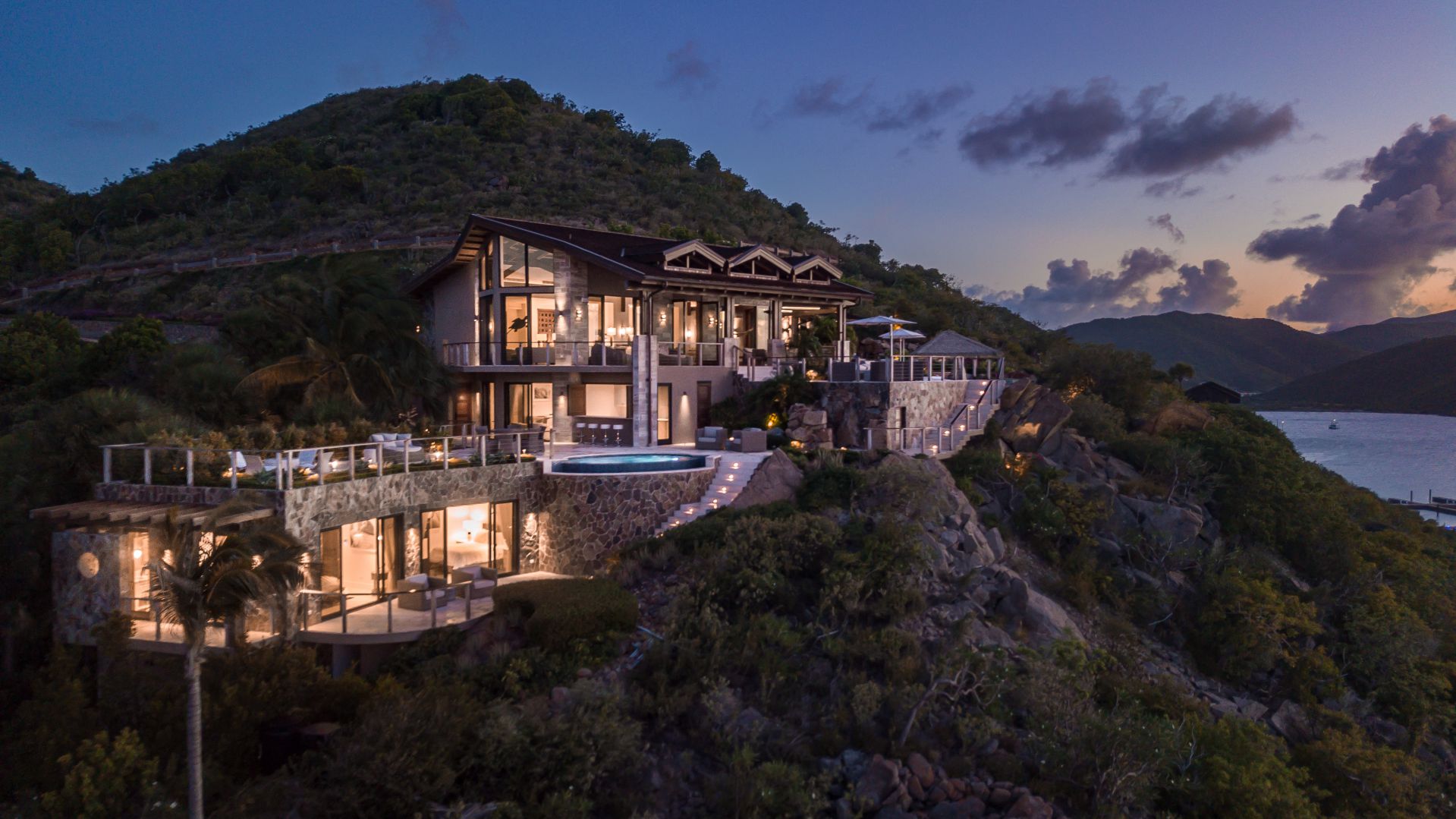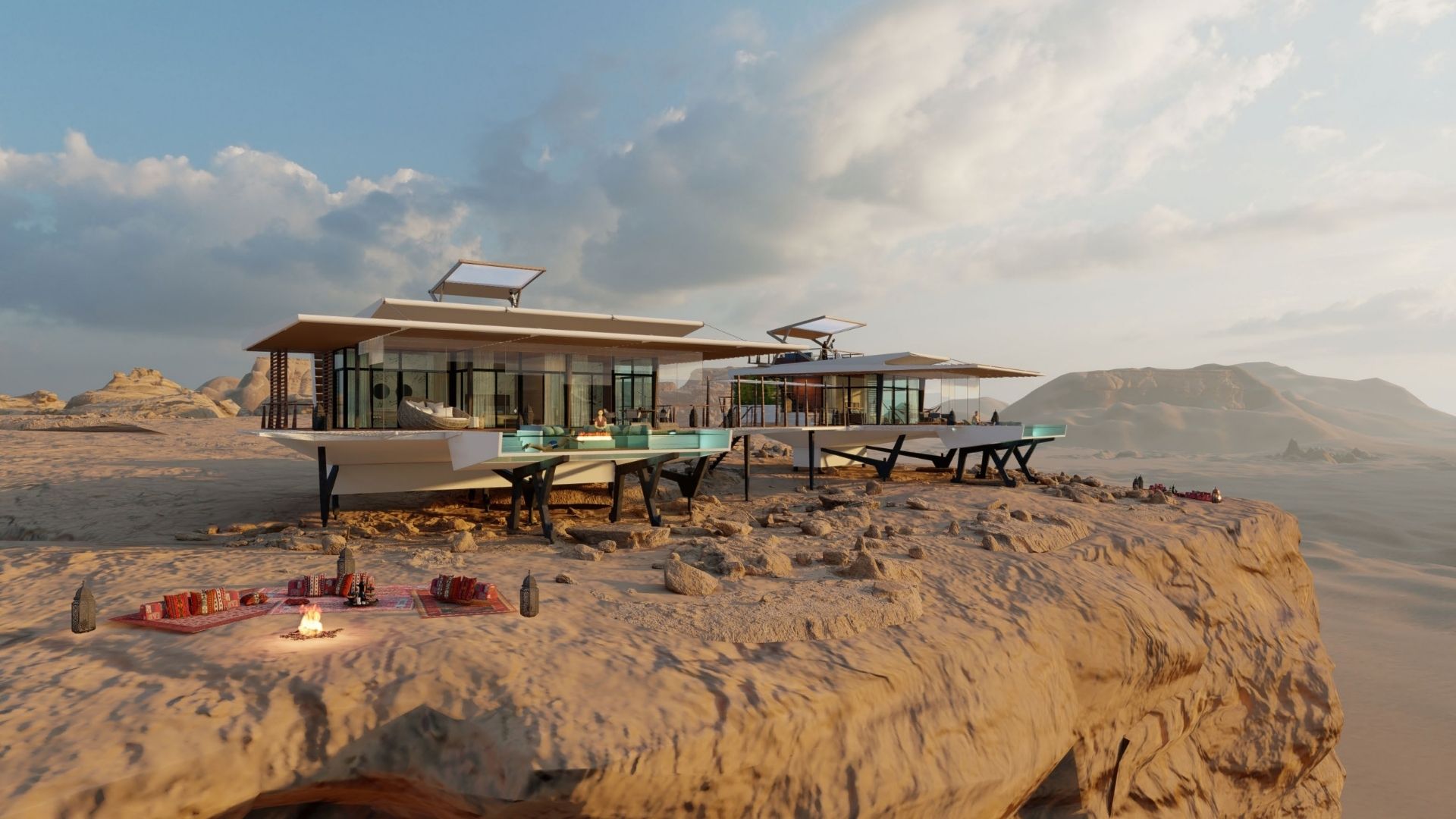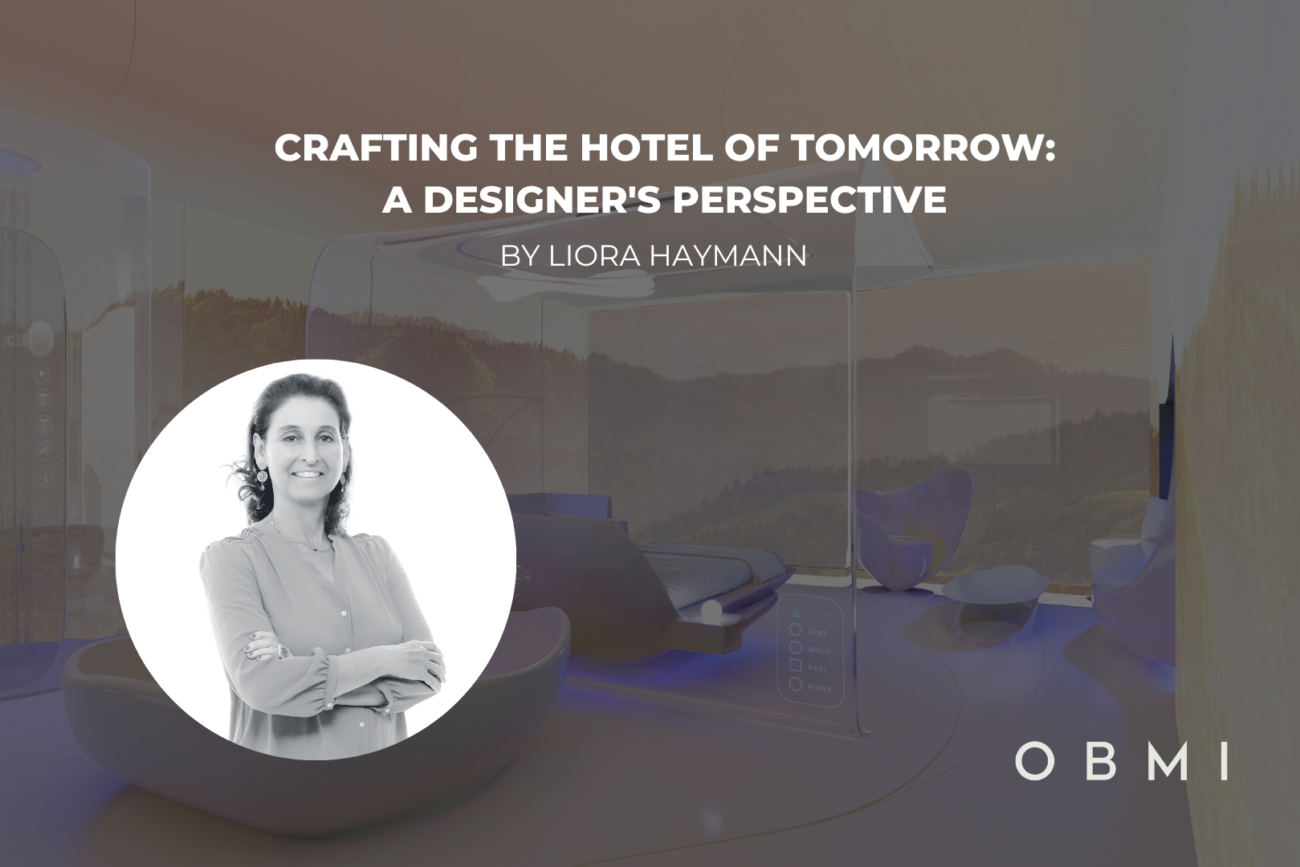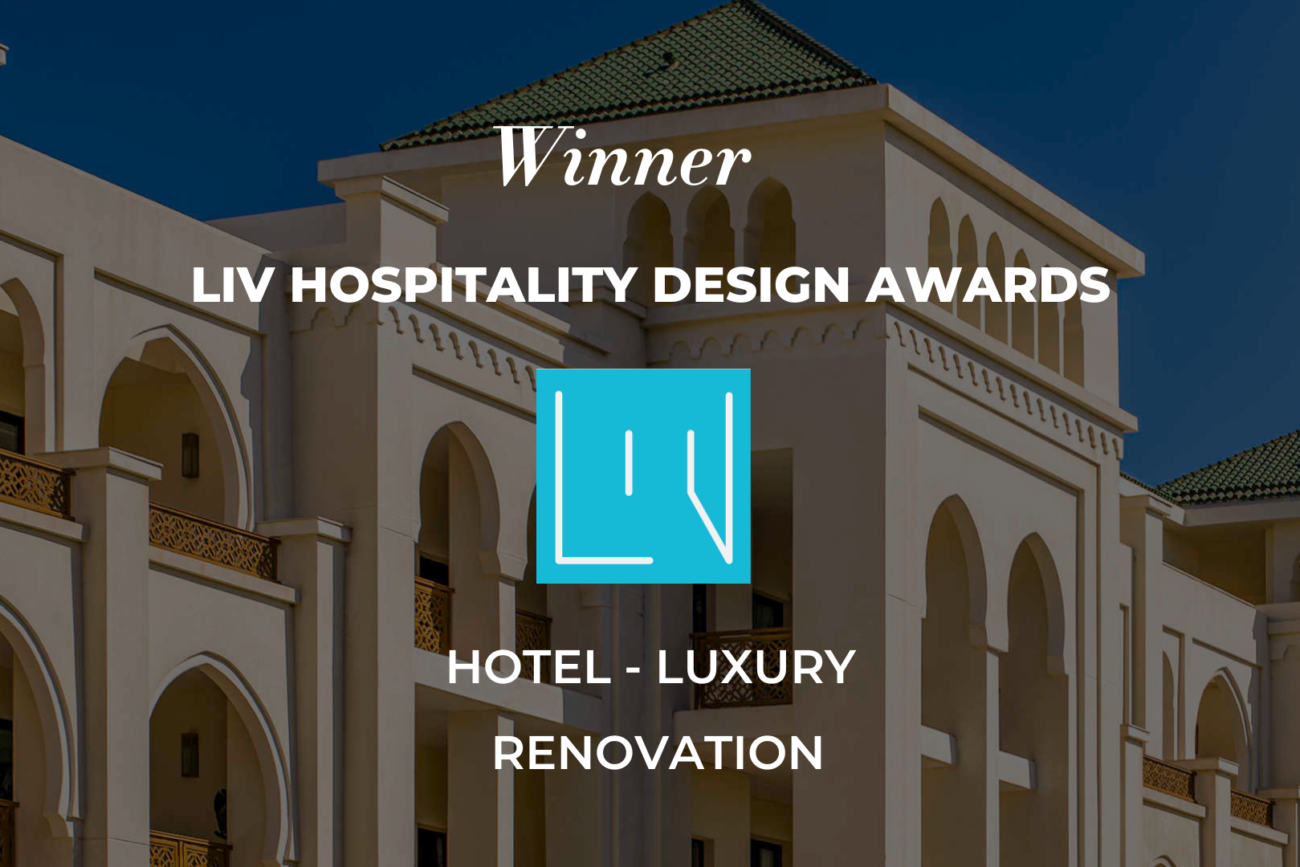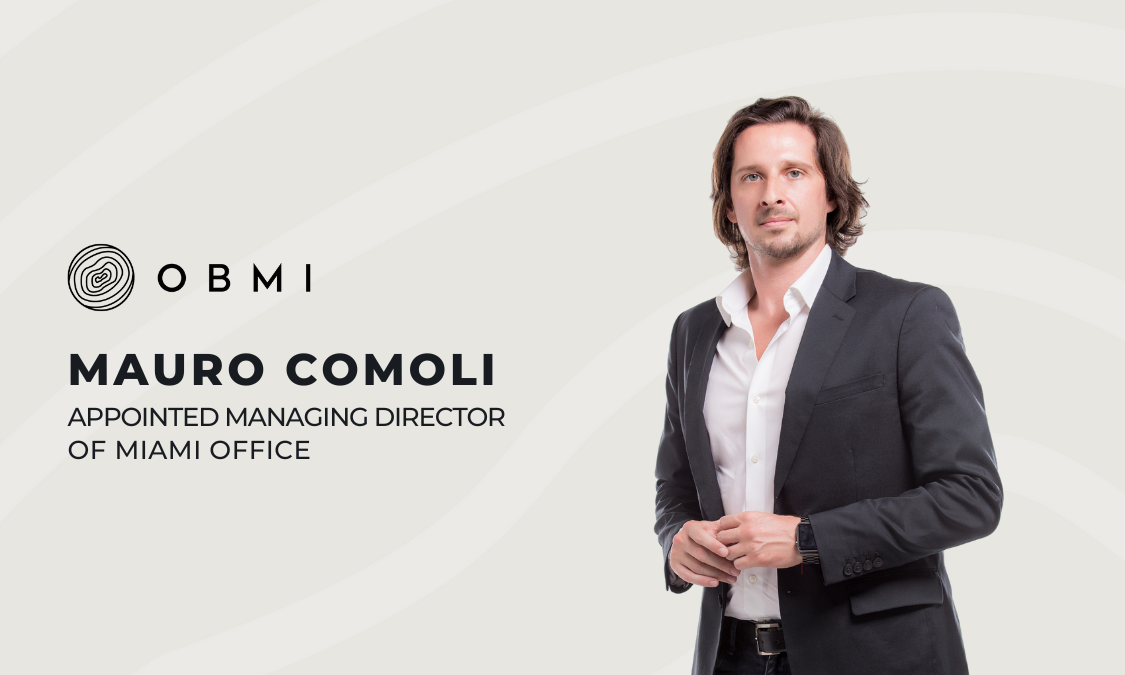A New Age Will Begin With The Transition To Environmentally Friendly Building Practices
OBMI Designer & Sustainability Expert, Drew Gilbert, Discusses the Future of Sensitive Yet Innovative Architecture with Thirty Net Zero Readers
Article Source: Thirty Net Zero | Written by: Drew Gilbert OBMI Design Manager
Q: Do builders in this region genuinely employ climate-forward and sustainable products, or is this just green washing at work? Is there a real movement towards greener construction methods in the area?
A: Multiple variables, including government policies and regulations, financial incentives, the leadership and commitment of influential people and organisations, and so on, contribute to the shift towards greener construction methods. Government programmes like Al Sa’fat are at the forefront of this shift because they seek to encourage the use of eco-friendly building materials and methods in the construction industry. Standards and guidelines for environmentally responsible building design, construction, and operation are established by laws such as LEED, BREAM, and ESTIDAMA, which work in tandem with these efforts. Tax credits, subsidies, and refunds have all played important roles in encouraging the use of sustainable materials and methods in new construction. Greener building practises have spread throughout the area thanks to these programmes, which offer financial incentives to developers and builders who include sustainable elements in their projects. The construction industry has come a long way towards adopting sustainable development practises thanks to the work of visionary leaders and groups. The environmental and financial benefits of sustainability have received increased attention thanks to their advocacy and promotion of green building practices, which has encouraged others to do the same.
Q: How can a designer of structures adapt to a world when extreme weather, variable resources, the extinction of species, and abrupt societal upheavals are the norm?
A: Creating a flawless solution for the future that takes into consideration every possible outcome is a challenging task. However, knowing the past and the culture around it can help you see into the future. Understanding how a region’s vernacular architecture efficiently reacted to local climatic conditions, available resources, and societal necessities can teach us a lot about the region’s sustainability and adaptability. The environmental compatibility of the past’s context-specific remedies helped to alleviate a number of problems. Now is a time when we can take advantage of advanced technology to raise the bar and improve upon these models. Incorporating resilient building methods and materials that can endure extreme weather events, designing structures that can be easily modified or repurposed, and applying the principles of resilience, adaptability, and sustainability can all be part of the solution. Designers can stay ahead of the curve and effectively react to changing circumstances if they keep up with new technologies and best practises. OBMI’s current design experiment entails creating a modular hotel room that can be easily moved with minimum disruption to the surrounding area. Various hospitality services can be provided by this unit in environmentally sensitive areas with minimal effect. The idea of this layout is to make a building that can easily adjust to new conditions while still being environmentally friendly. The modular hotel room is intended to be relocated with ease. This allows for increased hospitality services in areas with special considerations, such as those that are hard to reach or environmentally delicate. Depending on demand, tourist flow, or other variables, the unit can be relocated to a new location. This allows for a great deal of scalability and versatility, which will ensure the unit’s continued viability and usefulness for years to come. The easily transportable modular hotel room is not only environmentally friendly, but also very sturdy. It’s lightweight and portable, so it can be taken away from dangerous situations without much trouble. This method reduces the potential for harm to both humans and the environment while still providing first-rate service. As a whole, the mobile modular lodging unit is a prime illustration of innovative architecture that considers human and ecological factors. This design has the potential to revolutionise the sustainable tourism and hospitality industries by reducing the negative effect on fragile environments, increasing the variety of services available to guests, and being lightweight and portable. (Habitare Movable Lodging)
Q: What other ways do you see that a site’s basic design features could benefit from extra climate-forward and sustainable components? (This may reflect a change in government policy, or it may signal the necessity to break with current aesthetic fashion.)
A: There are many benefits, beyond just environmental ones, that can result from incorporating sustainable and climate-centric elements into a project. It could, for instance, hasten the acquiring of necessary permits and approvals, which in turn would speed up the actual implementation of the project. As an added bonus, sustainable buildings save money in the long run by being more cost-effective to run in the short and long term through increased efficiency in the use of electricity and water and decreased wear and tear on the building’s infrastructure.
Q: Should we put solar panels and/or wind turbines on every building to reduce our reliance on energy from unreliable sources?
A: Most problems can be solved by striking a middle ground rather than clinging rigidly to extreme. Although economies of scale in production are attractive, they are not the answer to every problem. The city of Dubai is just one example of the many different and ever-evolving possibilities for energy production that exist across the world. The Mohammed bin Rashid Al Maktoum Solar Park in Dubai is the biggest single-site solar park in the world, allowing the city to take advantage of the city’s abundant sunlight all year round. Further, the coastline is exposed to the Arabian Gulf and the Gulf of Oman, both of which have adequate to substantial wave action to support wave energy development. Waste-to-energy conversion and nuclear power are two additional potential avenues.
Q: What role do you think climate-forward and sustainable cladding and finishing materials have had in giving apartment complexes their distinct visual character?
A: Sustainable architecture is a method of building that gives top priority to eco-friendly components and procedures. This method improves not only the ecological status of the building, but also its visual appeal and practical utility. In a highly competitive market, a project’s ability to convey its sustainable values will help it stand out and appeal to consumers who place a premium on doing their part to reduce their environmental impact. Sustainable architects take great pride in showcasing their projects and the innovations they’ve implemented. Recycled materials, energy-efficient components, and regionally sourced wood all contribute to a one-of-a-kind ambiance inside the structure. Bamboo, cork, and reclaimed wood are just a few examples of eco-friendly materials that can be used to great effect in design.
As an added bonus, a community can benefit from a project that employs sustainable practises and materials by creating a more pleasant atmosphere and serving as a model for future growth. People are more likely to adopt sustainable behaviours when they are exposed to examples of those behaviours being implemented in their own communities and everyday routines.
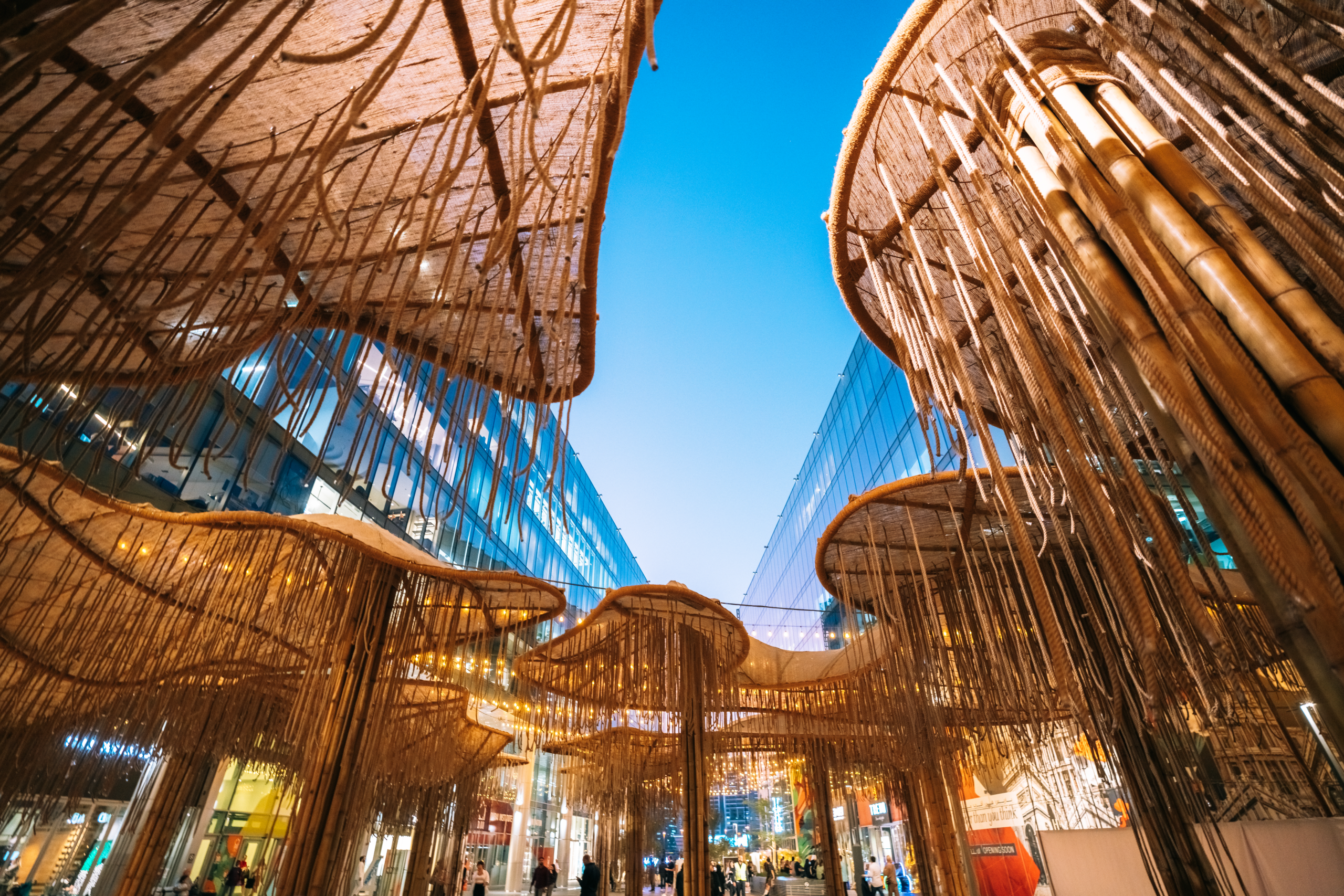
A Natural Oasis, Sourced & Built Sustainability, Once Upon a Forest by OBMI Proudly Showcased the UAE’s Most Valuable, Natural Treasure At Dubai Design Week
Q: Exactly what are the most challenging roadblocks to implementing permanent solutions?
A: There are a number of obstacles that need to be overcome before sustainable remedies can be widely adopted. Permanent solutions can be hindered by a lack of political will and public knowledge, which can lead to a lack of support and funding. There is also the issue of cost, as many sustainable solutions have a high initial investment but can quickly pay for themselves, creating a financial barrier for companies and governments. It’s also possible that the technology required to implement certain sustainable solutions would prevent them from being scaled up to serve more people. Sustainable solutions demand infrastructure changes, such as updates to energy grids or transportation systems, which can be challenging and costly to execute. To conclude, it may be difficult in the short term to get people to alter their cultural and behavioural norms and adopt sustainable solutions. The obstacles to the implementation of sustainable remedies are substantial and complex. A concerted effort from governments, businesses, and people to support and fund sustainable initiatives, create innovative technologies, upgrade infrastructure, and foster a culture of sustainability is necessary to overcome these obstacles. A more environmentally mindful and resilient future is within our reach if we raise public consciousness and implement sustainable practises.
Q: What if the whole construction industry started using climate-forward and sustainable materials? Would supply be able to keep up with demand.
A: The products used and the volume of orders placed would be major factors. Initial supply chain difficulties and price rises may result from a sharp increase in demand for climate-friendly and sustainable materials. But the supply network can grow and change over time to accommodate the increased demand. A further increase in supply and decrease in prices can result from greater demand prompting the development and implementation of novel production methods and technologies.
Q: What do you think the most pressing issues are in this sector?
A: Although there are many problems in the building sector, I will keep stressing the importance of environmental friendliness. The construction business faces major challenges in the areas of environmental sustainability and waste management. With its waste production and greenhouse gas emissions, the sector is a significant culprit in environmental degradation. Since construction locations produce a great deal of trash, it’s crucial that it be handled and disposed of in an eco-friendly fashion. Green building techniques and eco-friendly materials have been adopted by the industry in an effort to become more sustainable, but much work remains to be done. The usage of energy and production of greenhouse gases are both largely attributable to the construction industry. As a result, it’s crucial to employ renewable energy sources and create structures that are energy efficient. Managing and reducing building waste is essential. The construction industry can save money, lessen its effect on the environment, and advance sustainability objectives by cutting down on waste. In addition to lowering raw material demands, decreasing transportation costs, and generating extra income, construction refuse recycling and reuse can help save the environment. It is true that the building industry as a whole is making efforts to become more sustainable and ecologically responsible, but this is a complex and ongoing process that requires cooperation between industry, government, and other stakeholders.
Q: During your free time, what do you do?
A: I’m a curious person who enjoys learning about new places and cultures and keeping up with the latest innovations in science and technology.
About the Author:
Drew Gilbert is a Design Manager at OBMI. From private villas to mixed-use communities, from boutique resorts to destination hotels, his macro-to-micro experience has led him to become a well-balanced designer with an eye for context, culture, and climate. With a focus on developing contemporary projects pushing the boundaries of design and creating sustainable and lasting solutions that are profoundly relevant to the place and people. Gilbert was selected Top 30 Architects 3 times in a row in the MENA region and was awarded multiple international awards. In 2021, Gilbert was awarded the Sustainability Champion and Rising Awards. He has won the Middle East Consultant’s and the Young Designer RU titles, The 3rd International Architecture award for Dubai Creek Mosque, and the AIA Henry Adams Medal.
To learn more about OBMI’s sustainable and innovative design practices visit our expertise page. Ready to speak with an expert on the topic? Connect with Drew Gilbert by contacting [email protected] or reach out to [email protected] for more info.



